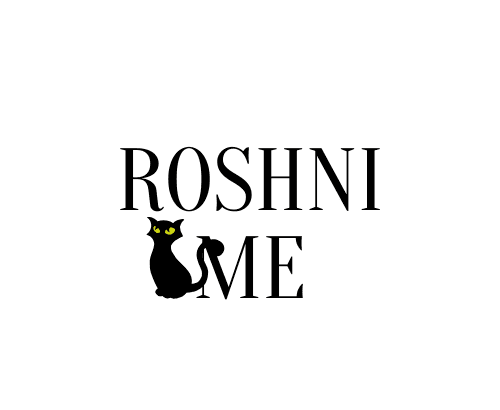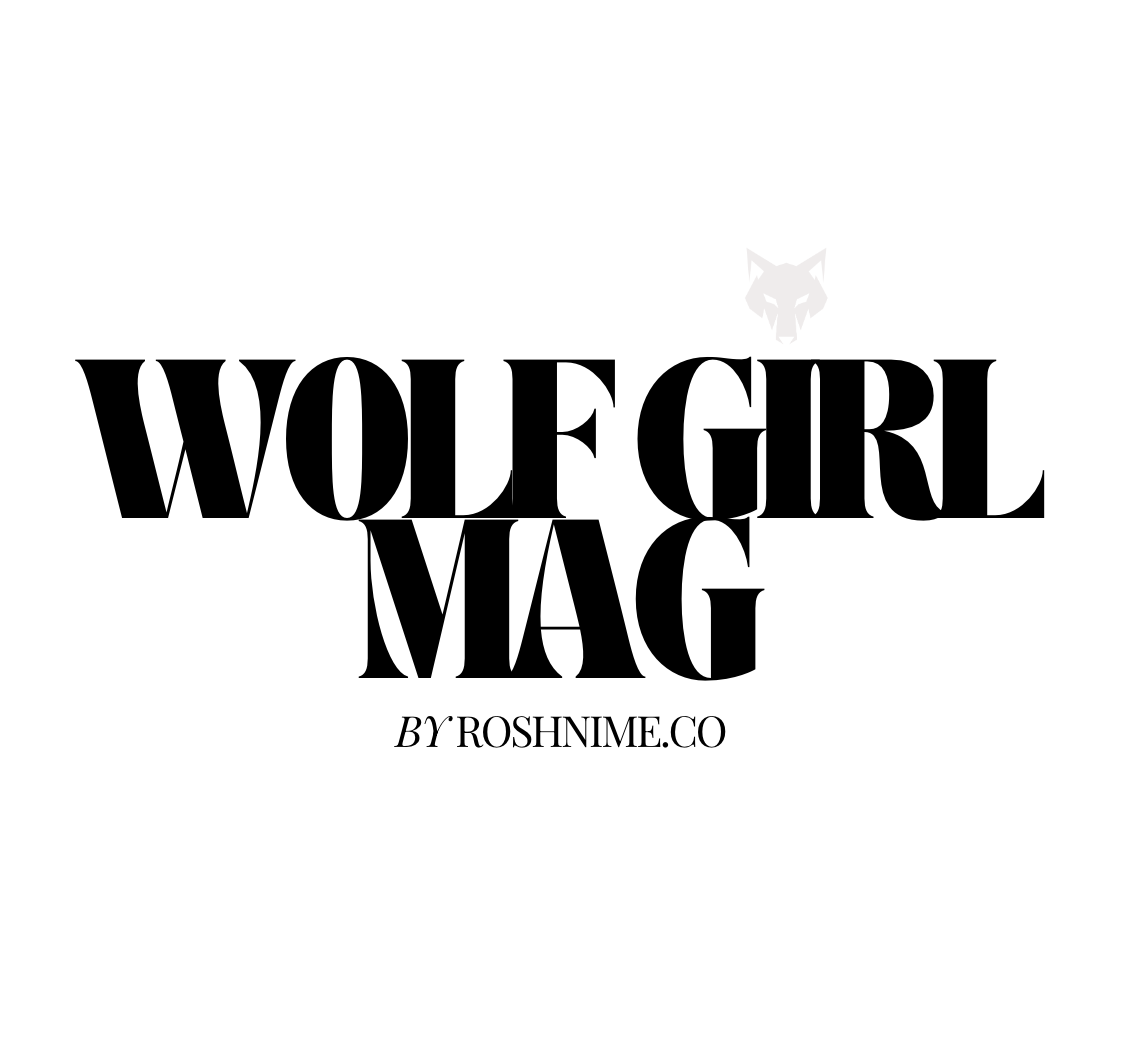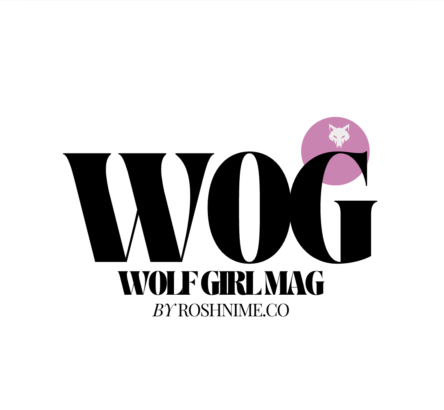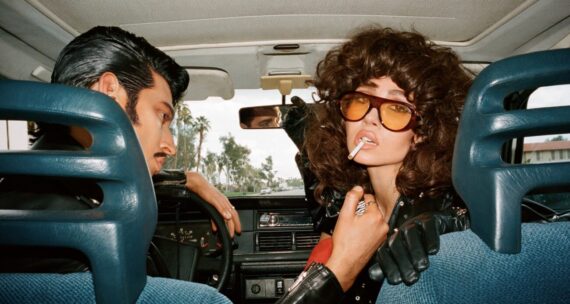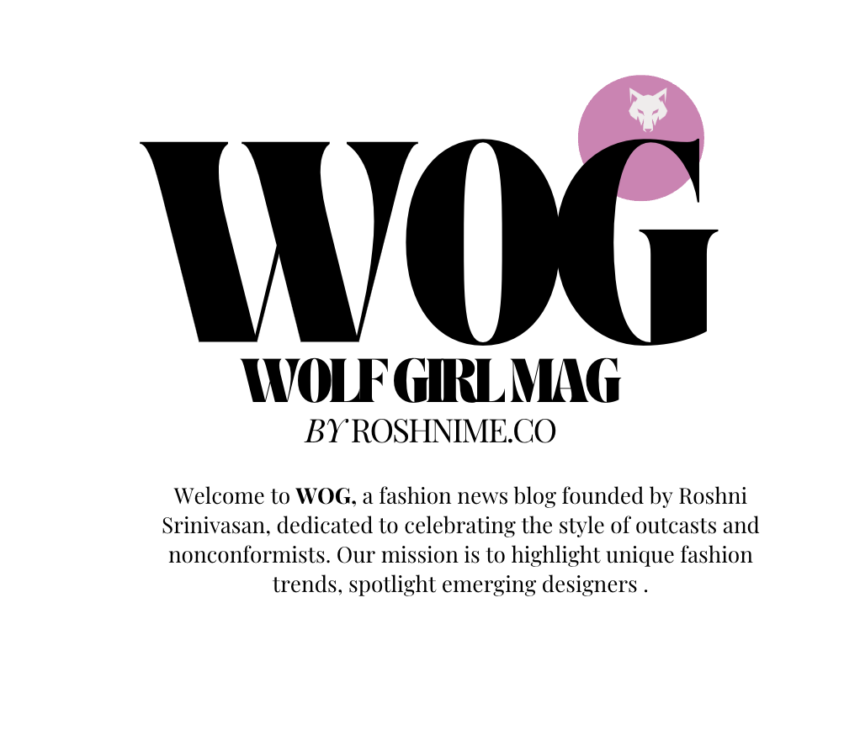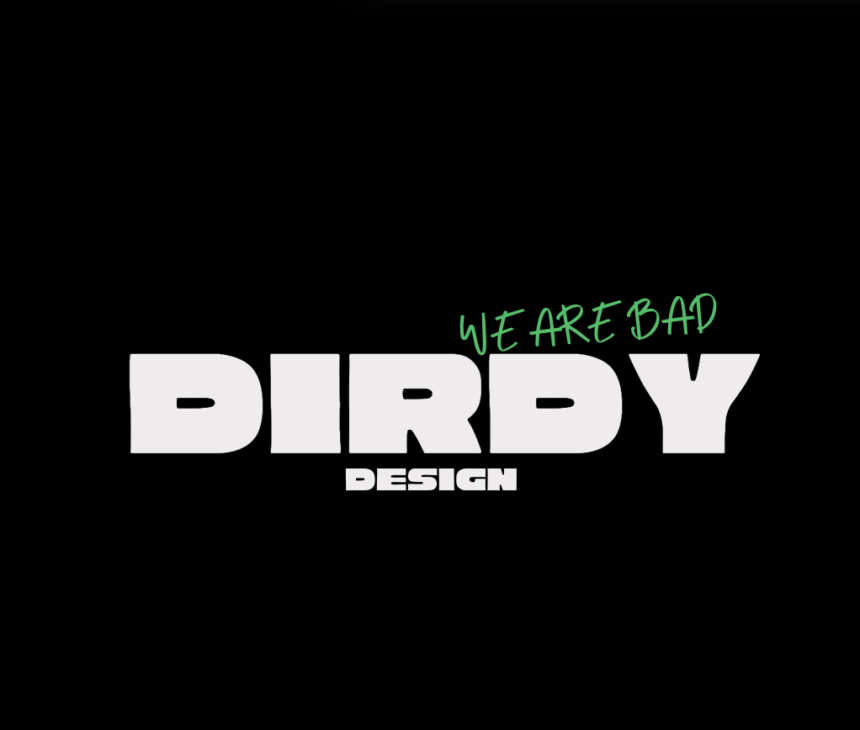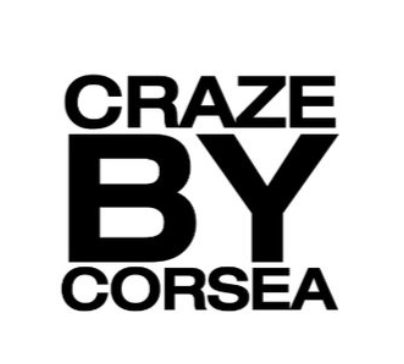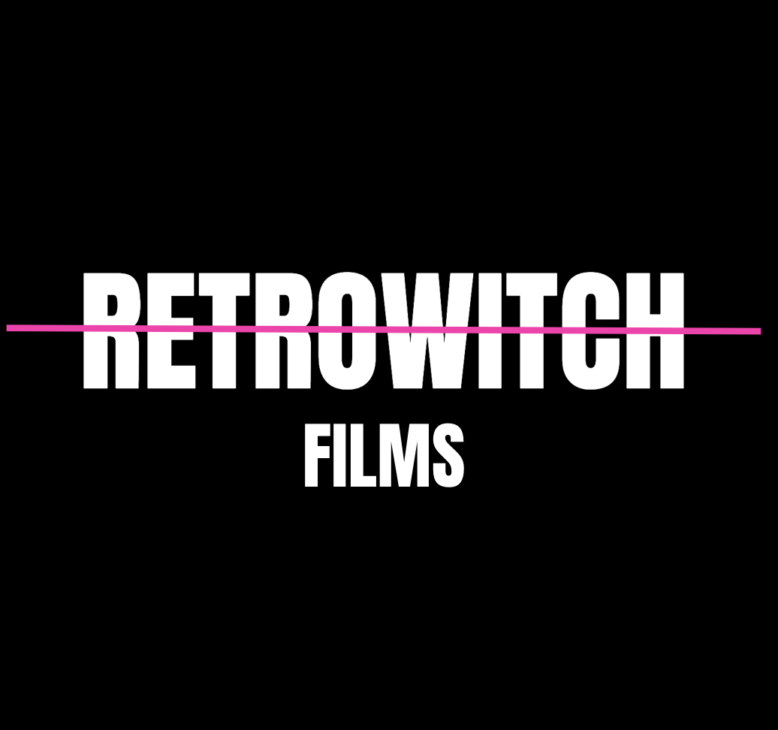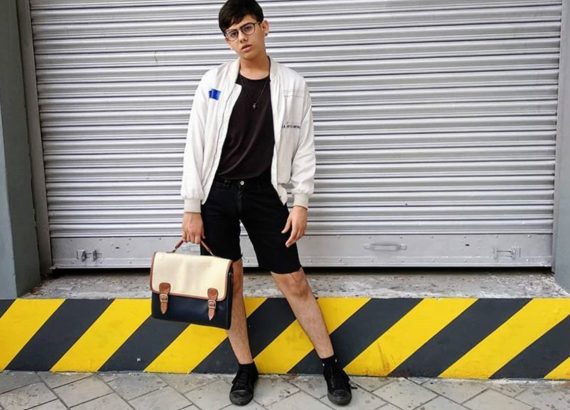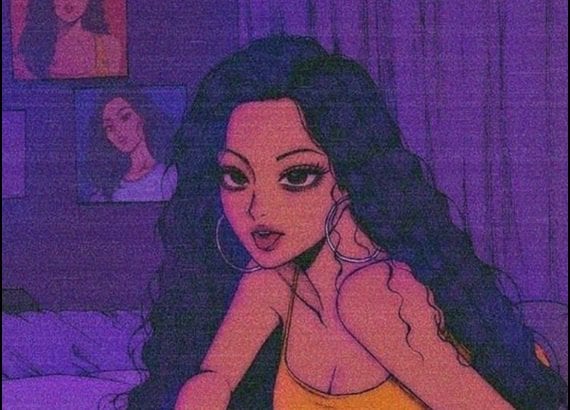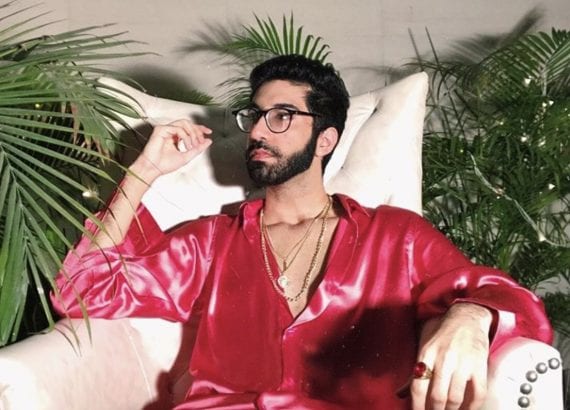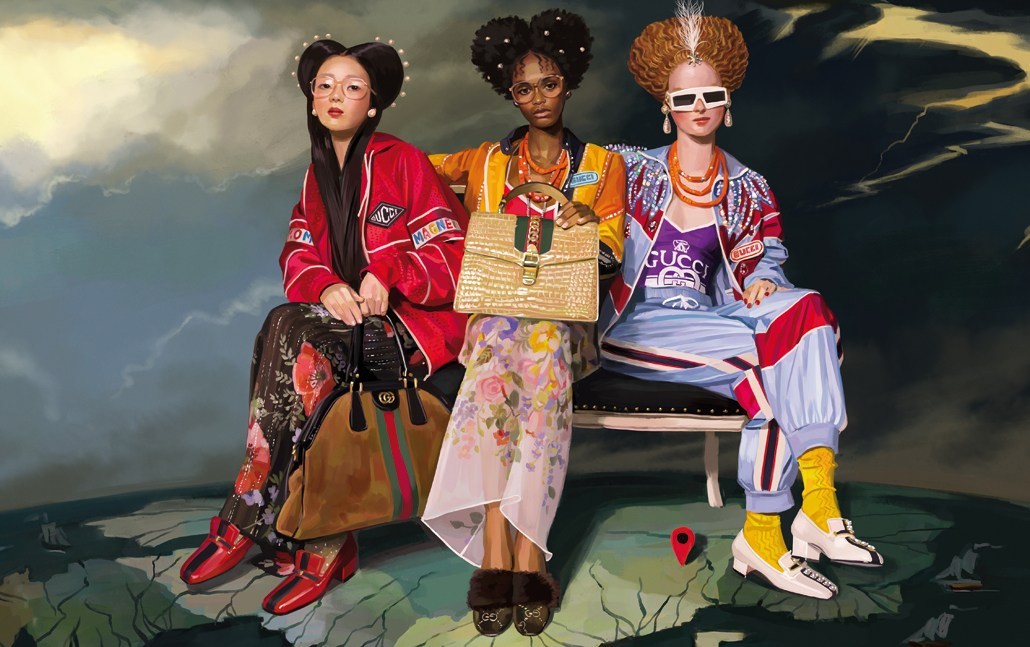
Fashion is stupid: The Rise of Sensational Ugly
Fashion, once a realm of artistry and innovation, seems to have lost its way. Today, we are witnessing a disturbing trend—one where ugliness is not only embraced but celebrated, often under the guise of “avant-garde.”
The fashion industry, once a beacon of creativity and elegance, is now pandering to a new wave of consumers who equate wealth with taste. But is this truly fashion?
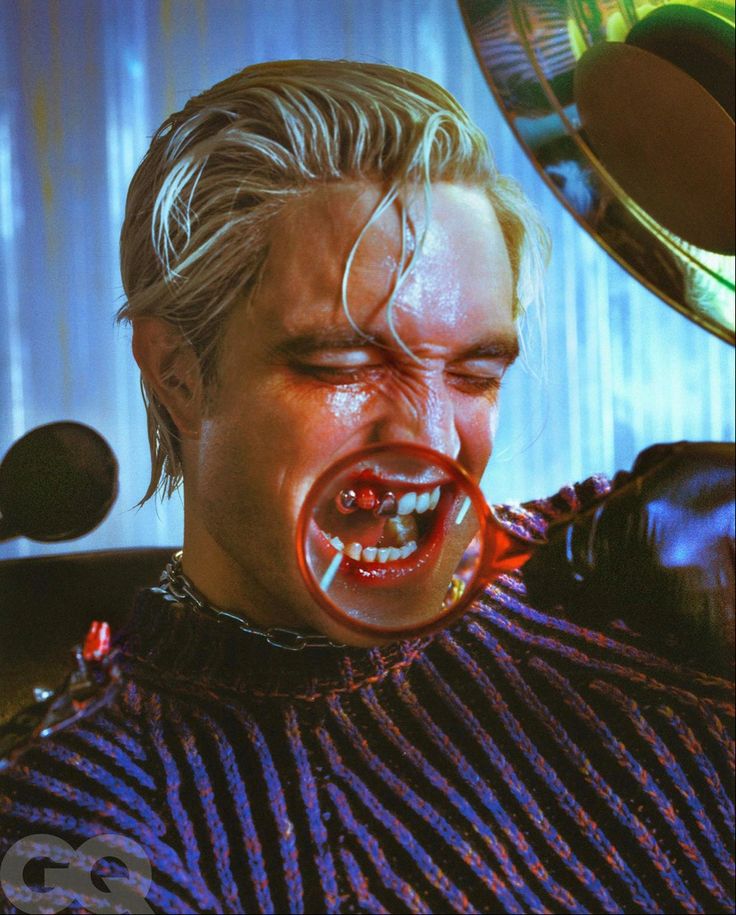
Table of Contents
The Reign of Sensational Ugly
Brands like Balenciaga, Gucci, and Dior have become the flag-bearers of this new, unsettling aesthetic. Their collections are filled with what can only be described as sensational ugly—pieces that challenge the eye, but not in a thought-provoking way. Instead, they seem to exist solely to shock, to make a statement that wealth alone can make anything fashionable.
These brands, once synonymous with exquisite craftsmanship and timeless design, are now catering to a clientele that values ostentation over substance. The new money buyers, eager to prove their status, flock to these items, not for their beauty or creativity, but for the brand name attached. The result is a wardrobe filled with overpriced, unremarkable pieces that scream wealth but whisper nothing of taste.
The Decline of Creativity
What happened to the days when fashion was about innovation and self-expression? When designers poured their souls into creating pieces that were not only beautiful but also meaningful? Today, there is a distinct lack of effort and creativity in the offerings of even the most prestigious luxury brands. They seem more interested in churning out items that will sell at exorbitant prices rather than crafting pieces that tell a story or push the boundaries of design.
The Influence of Modern Icons
Perhaps nothing illustrates this shift better than the influence of modern style icons like Kim Kardashian. Unlike the old Hollywood stars, who had distinct, individual styles that brands sought to complement, today’s influencers often mold their look to fit the brand’s vision. Kim Kardashian, for example, has become a chameleon, adapting her style to whatever luxury brand she’s endorsing at the moment.
The Question of Authenticity
Kim Kardashian’s collaboration with Balenciaga represents a striking example of the modern fashion industry’s descent into what some might call “ugly fashion.” Known for her ability to influence trends and command attention, Kim has become a prominent figure in the fashion world. Yet, her partnership with Balenciaga—a brand that has increasingly embraced a deliberately provocative and often unattractive aesthetic—raises questions about the state of contemporary fashion.
This is a stark contrast to the days of Audrey Hepburn, Grace Kelly, and Marilyn Monroe—icons who defined their eras with personal styles that were uniquely their own. Brands clamored to dress them, tailoring their designs to match the star’s essence. Hepburn’s collaboration with Givenchy, for instance, was a partnership of equals, where the brand worked to complement her elegant, understated style rather than the other way around.
Ugly new World
Modern fashion’s obsession with the ugly and disturbing is a phenomenon that goes beyond mere aesthetics—it reflects a deeper cultural shift in how we perceive and value art, beauty, and self-expression. In a world where everything is hyper-visible, constantly shared, and instantly judged, the traditional notions of beauty seem almost too simple, too easy. In contrast, ugliness, distortion, and the unsettling offer a provocative counter-narrative, challenging us to rethink what we find attractive, why we find it so, and what it says about the times we live in.
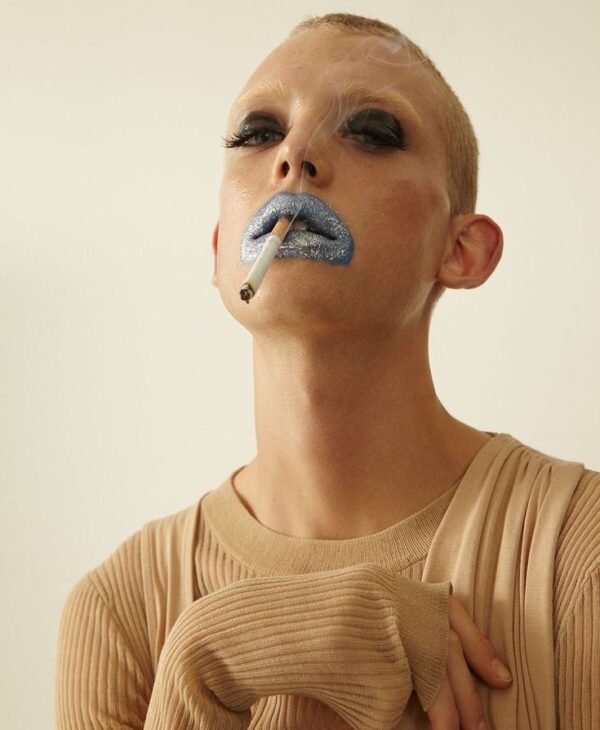
The Cultural Shift: From Beauty to Provocation
Historically, beauty has been a cornerstone of fashion—a celebration of form, proportion, color, and harmony. It was an ideal to strive for, something that inspired and uplifted. But as the world has grown more complex and fractured, so too has our relationship with beauty. The perfect forms that once dominated art and fashion now feel distant, almost irrelevant, in a world grappling with social, political, and environmental upheavals. In this context, beauty can seem out of touch, a relic of a simpler time that no longer speaks to our current reality.
Instead, modernity has turned its gaze towards the ugly, the disturbing, and the grotesque as a way of expressing the dissonance and tension of our age. In fashion, this is evident in the rise of designs that deliberately eschew traditional beauty—oversized, misshapen garments, clashing patterns, and accessories that are more statement than style.
So, what does this say about the state of fashion today? Is it still an art form, or has it become just another way to display wealth? When creativity takes a backseat to commerce, when the purpose of fashion is reduced to nothing more than signaling affluence, we must ask ourselves: Is this truly fashion?
